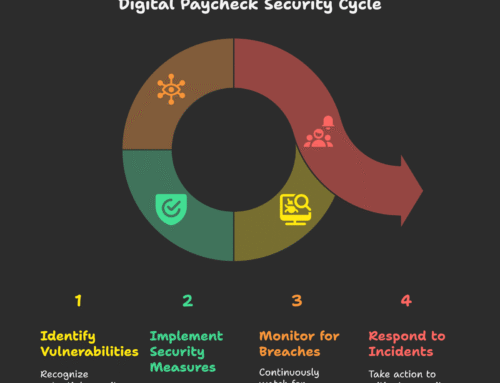In this day and age, hiring process is complicated. While it used to be commonplace to simply slack together a job description on a local newspaper, finding a high-quality candidate this way is now similar to spotting bigfoot in the wild. Today, you need to be careful with how you find your new hires. Namely, this all comes down to the beginning of the recruiting process.
Your company knows to use job boards, industry boards, and top recruiters to find the best talent. But is that really enough? Can you publish your positions to job posting boards, sit back, and just wait for those applications to roll in? Well, you can, but it probably won’t be very effective.
Sure, you might land a few decent applicants this way, but you’re wasting both time and money that could be spent doing targeted recruiting. Sometimes you need to source and hire the best candidates already looking for the best job. These types of candidates won’t respond to one-size-fits-all online job boards.
It might sound shocking, but we’re rapidly approaching a $8.5 trillion talent shortage. It’s time to act fast if you want to find the best candidates. That’s why you need these 5 steps below. In this guide, we’ll walk you through planning the beginning of your recruiting process so you achieve your goals every time.
Step 1. Know Your Hiring Needs
As we said before, slapping together a job description isn’t going to cut it. If you don’t know exactly what you’re looking for, you’re never going to find it.
It’s not enough to know the job title. You also need to know the job description. This doesn’t mean what it you might think. It means you need to know the description of the last employee who left the position. While it’s true that they likely conformed to some of the traditional duties, odds are they also too own additional responsibility.
Very rarely does a position stay the same after a new hire arrives. Each new worker puts their own mark on the role, so you need to know all of these ins and outs when identifying your specific hiring needs.
Step 2. Consider Different Types of Recruiting
Next, it’s time to consider the different types of recruiting. There are a lot of ways to find applicants, whether you choose to work with a professional or do it yourself. Two of the most common recruiting methods are LinkedIn and even traditional social media, such as Facebook, Twitter, or Instagram.
Of course, you can still approach local newspapers, online job boards, and so on. There is some merit to these recruiting platforms, but also be realistic. Realize that these mass boards are shown to thousands of people locally (and beyond), so you might cast a wider net than you need. To cut down on the ill-fitting candidates, using an applicant tracking system can help you accomplish more in less time. You can learn more about how they work on ApplicantTrackingSystems.
Step 3. Prepare Assessments or Testing
It’s not uncommon, depending on the industry, to include a job assessment or test during the hiring process. If this is something that you’ll be doing for your position, it’s worth preparing these things before you begin recruiting candidates.
Talent assessment tests are a great way to ensure a candidate’s background matches the company’s requirements, but be sure to know your stuff before starting one of these. If possible, enlist some help from professionals in this role to help identify stand-out work.
Step 4. Source Candidates
It’s time to start your search. Before starting, consider everything we’ve already talked about until this point. You know the specific role and all it entails, you know the format of the application and hiring process, and now you need to find the best candidates.
Too many recruiters make the mistake of thinking this is a numbers game. In this process, it pays to be a hunter not a gatherer. The goal isn’t to find as many candidates as possible. It’s to find the absolute best candidates.
This is where using a professional really comes in handy. A professional recruiter who works “in the trenches” of these industries will have a head start on any candidates that would be a good fit. Otherwise, you’ll need to dive into your own search using any references or leads you already have.
Step 5. Identify Your Best Candidates
Any organization can find a handful of skilled potential candidates, but this isn’t enough. You need the top level players. These aren’t the people sitting on the benches, they’re playing the game.
You’ve already identified what you need from your candidates. This should guide your search. Create an organized list or spreadsheet of these A-level players. Where did you find them? What’s their experience? What would they need to compel them towards your opportunity?
Remember that people can’t just want the position. They need to also want to work for the new employer. Switching jobs is no easy task. As the recruiter, it’s your job to make this a simple process that’s too good to pass up.
Perfect Your Recruiting Process
The job recruitment process moves fast. It needs to when you take into consideration that 87% of active and passive candidates are open to new job opportunities. There are a series of steps in the hiring process, but these are the steps that come before that.
If you don’t start your search for the top candidates with the right preparation, you run the risk of losing the opportunity, falling flat, or wasting time. If your like most candidates, open positions cost you. You can’t risk a failed hire or wrong-fit position. Your top candidates are out there already. Now it’s up to you to go find them.







Leave A Comment